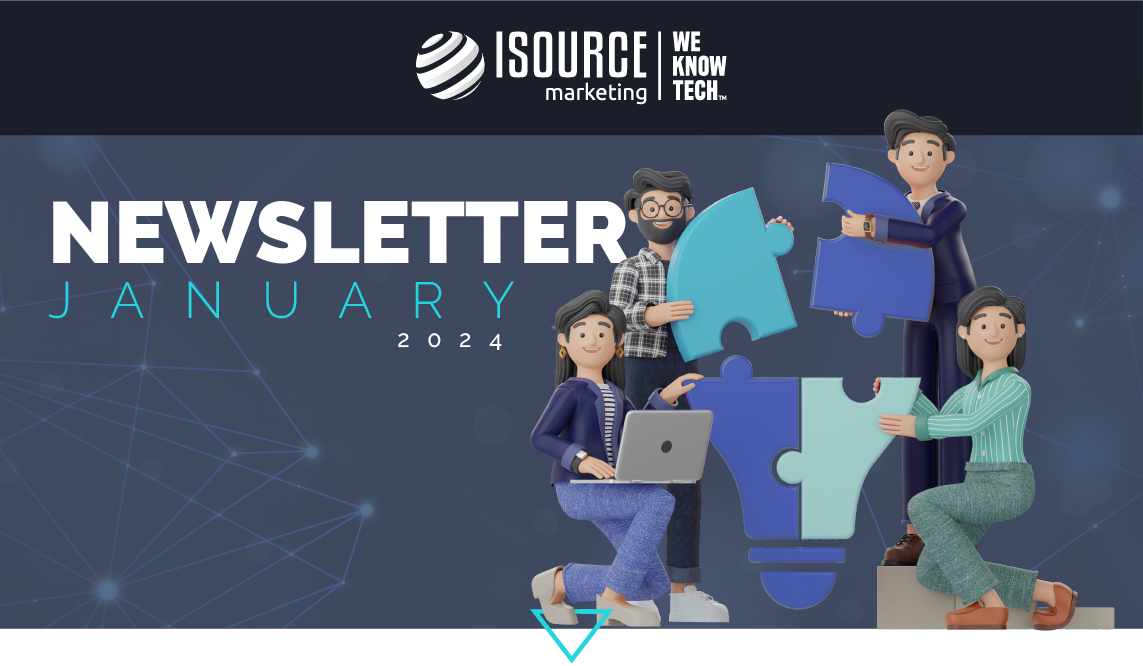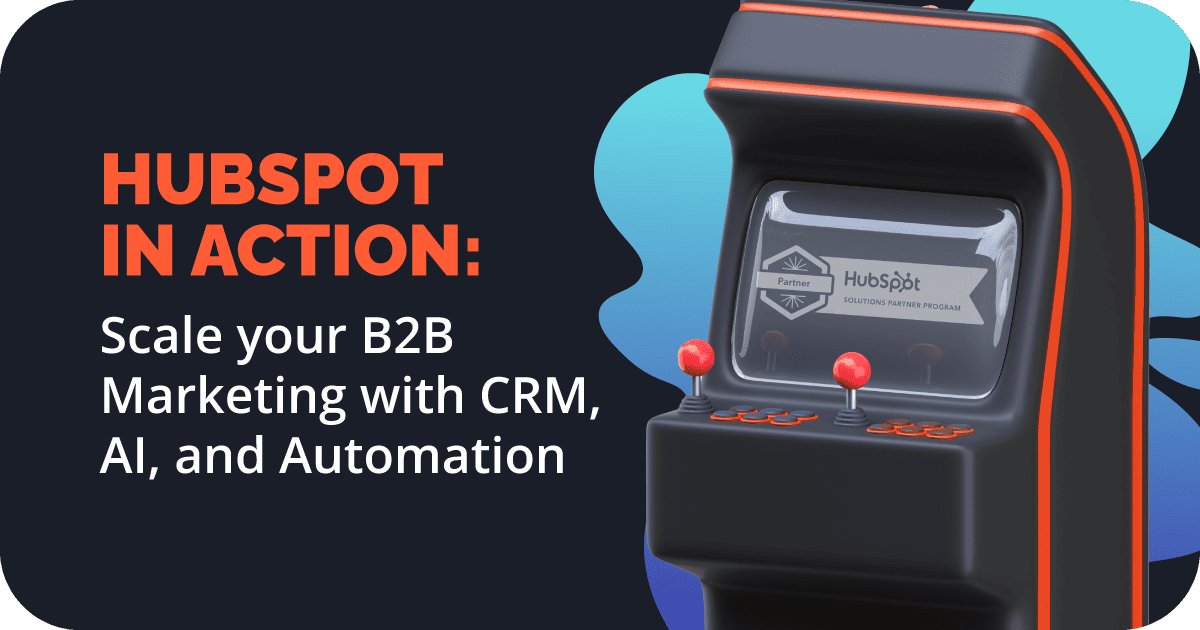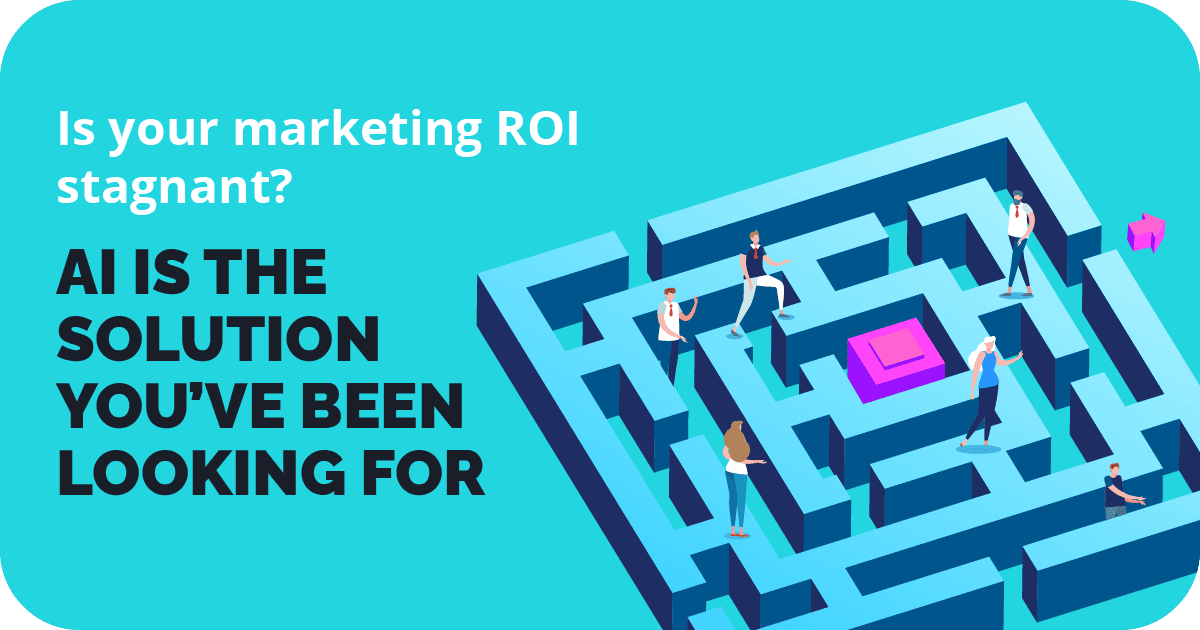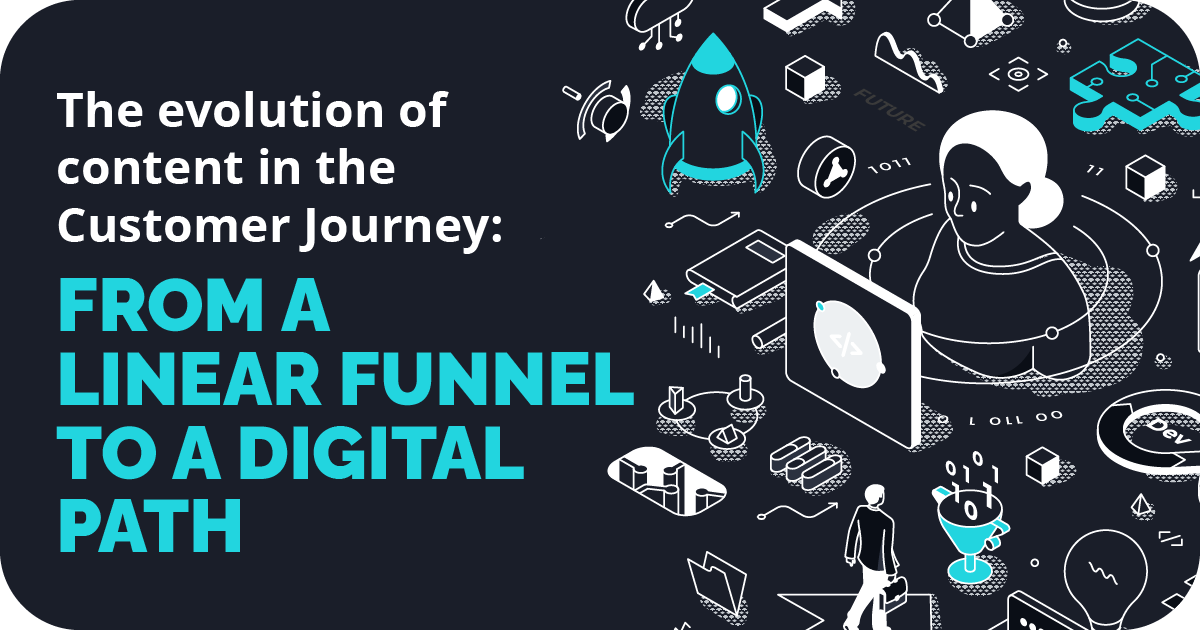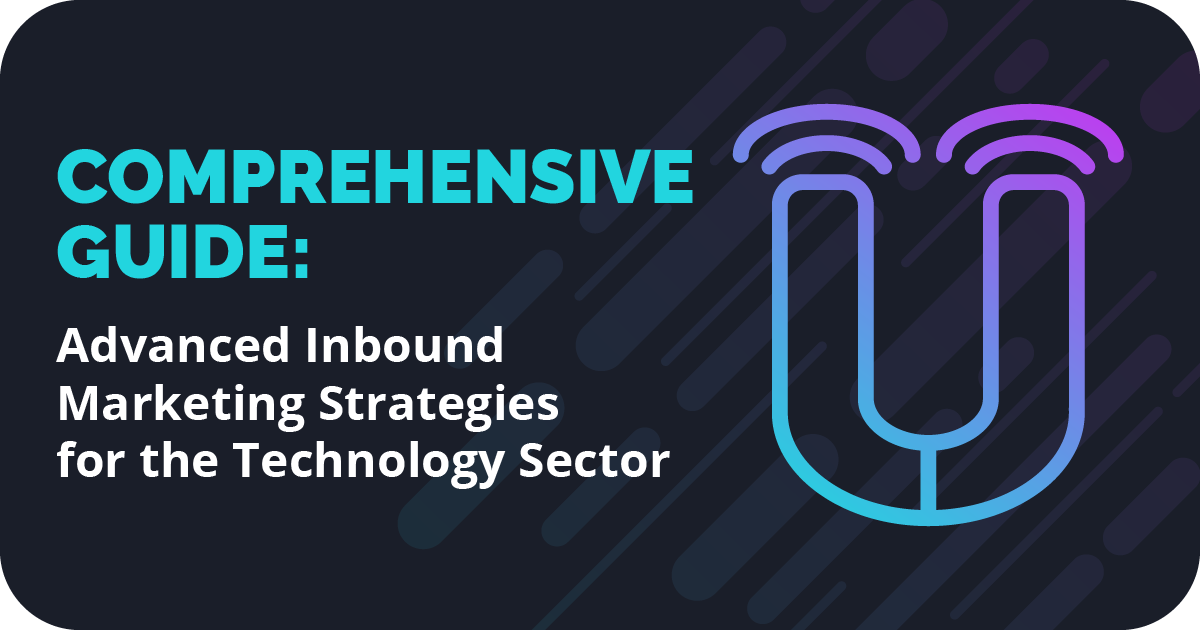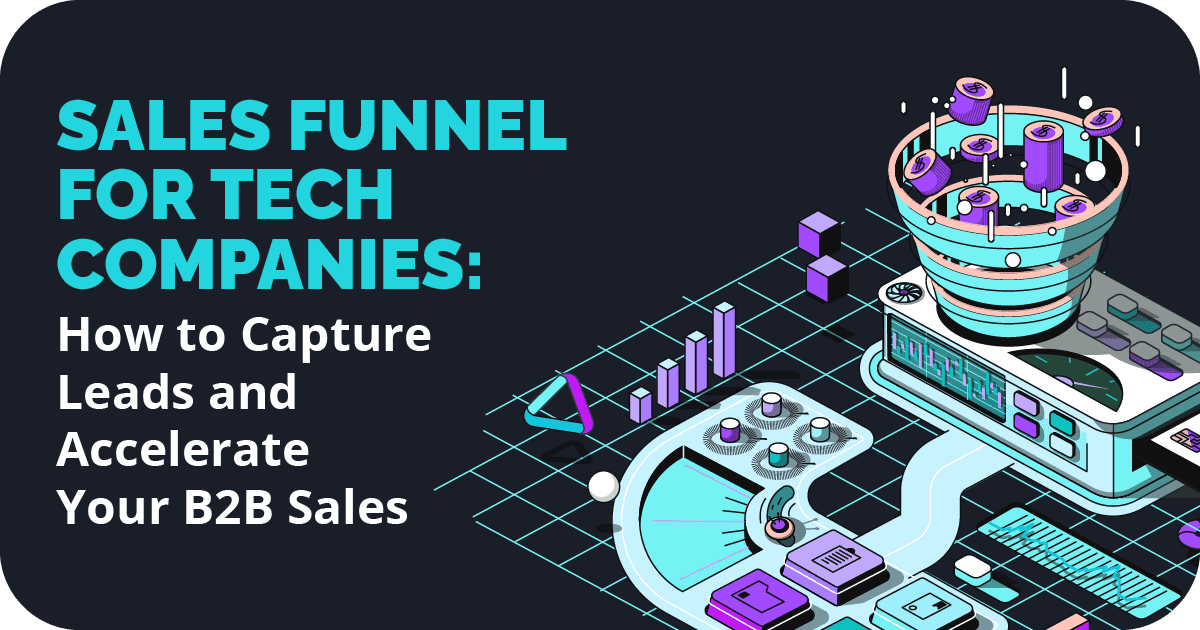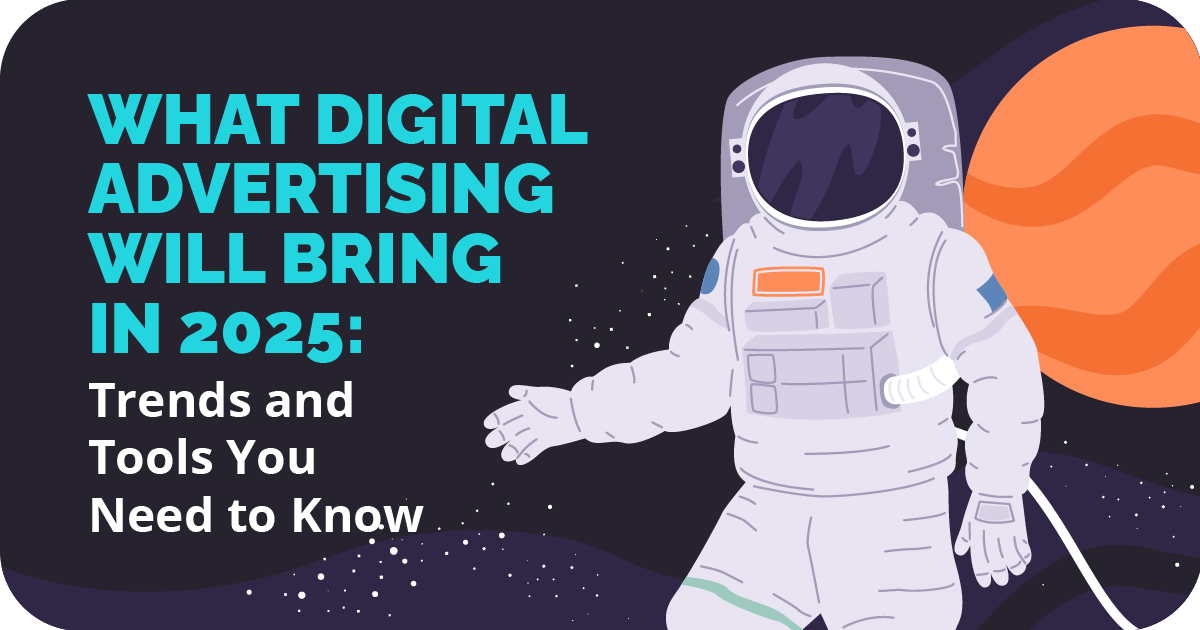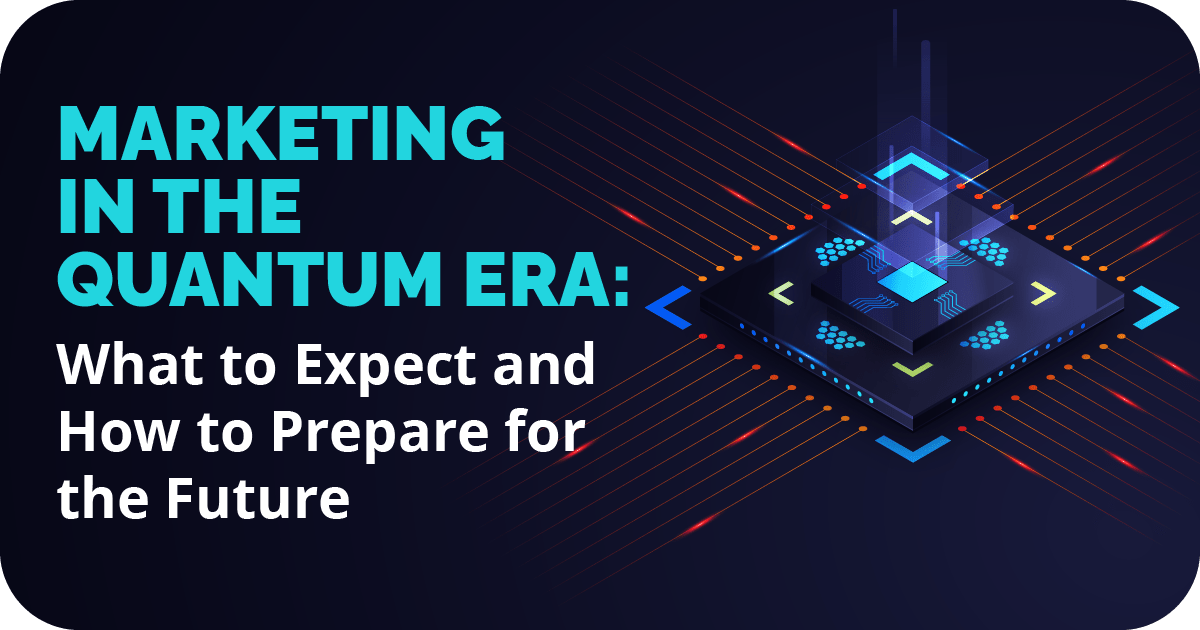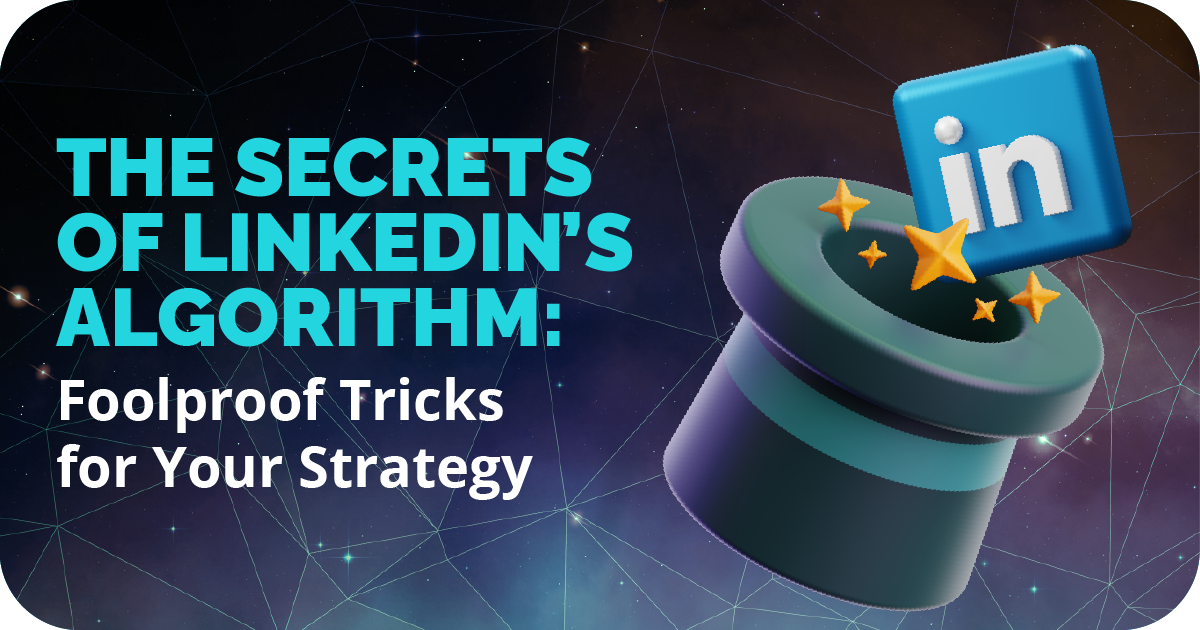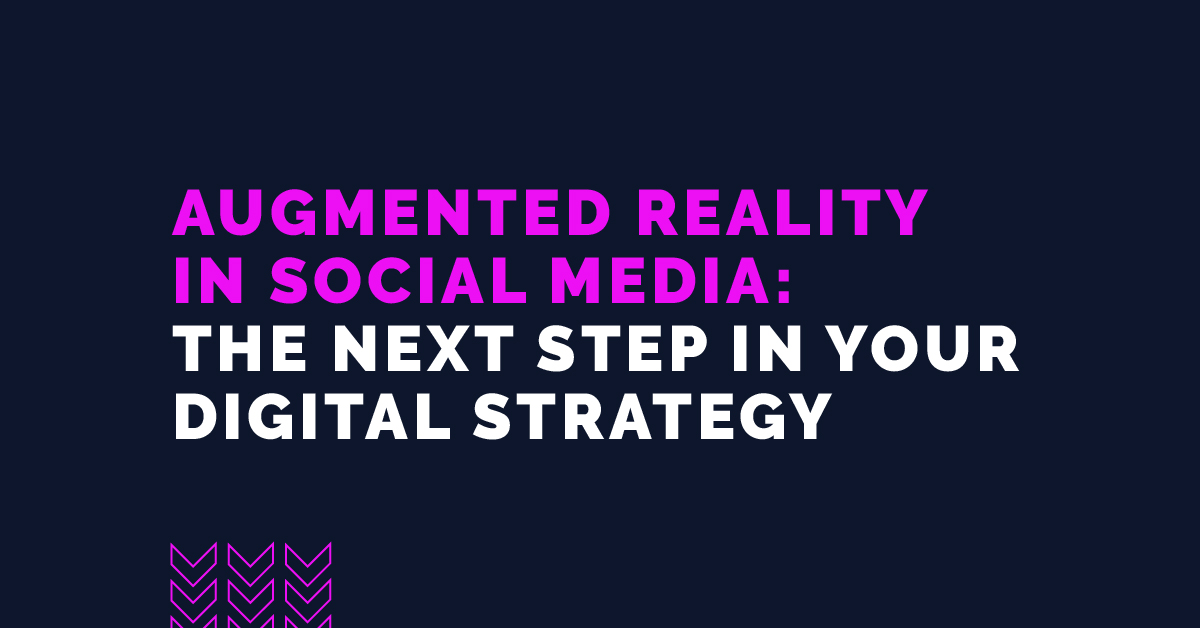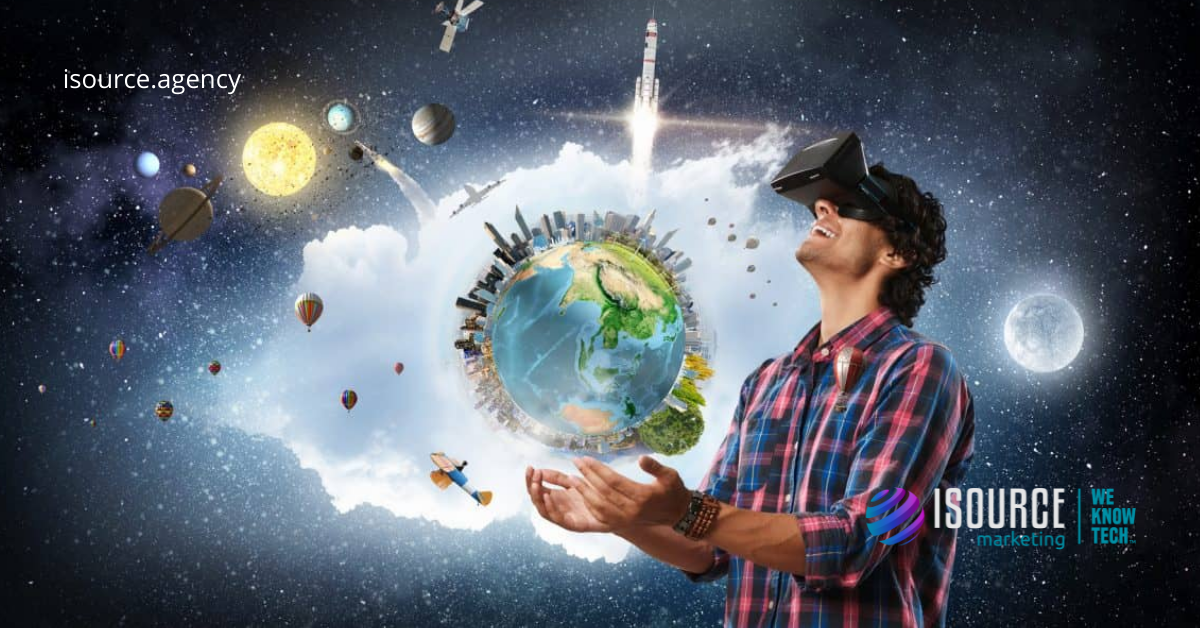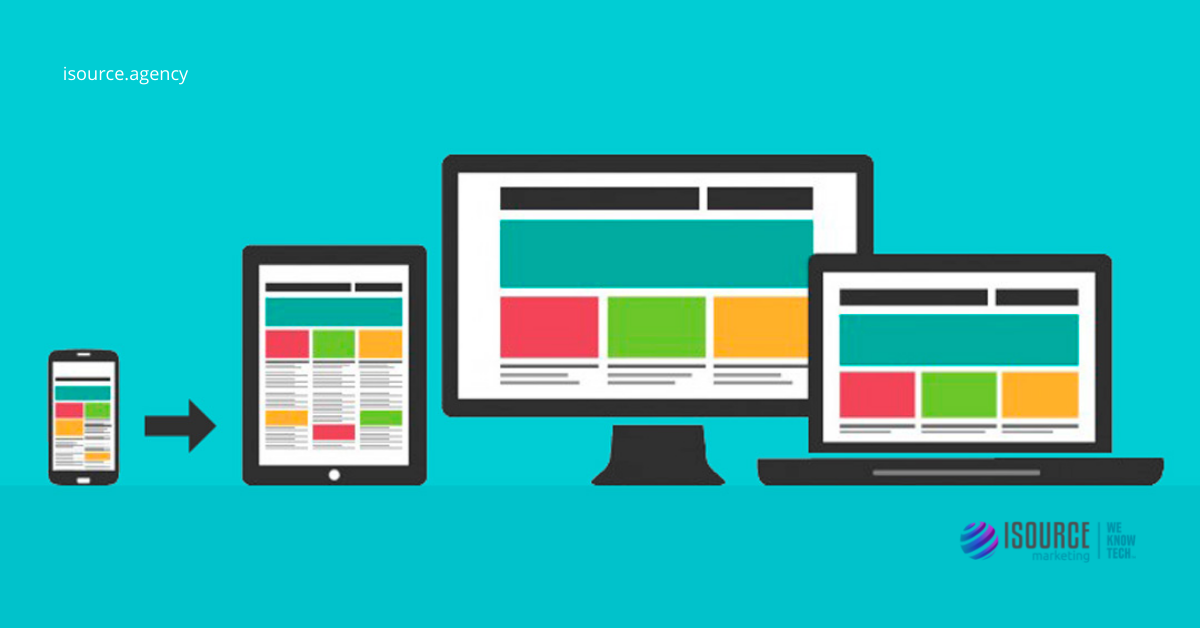|
|||||||
|
|||||||
|
|||||||
|
|||||||
|
|||||||
|
|||||||
|
|||||||
|
|||||||
|
|||||||
|
|||||||
|
Author: Jhon Daza
Front End Developer
Passion: Videogames, Drawing
News & Trends January 2024
Account Executive for Marketing & Advertising Agency – Miami

POSITION
Account Executive for Marketing & Advertising Agency
LOCATION
Miami, FL
POSTED
SEPTEMBER 1/2024
DESCRIPTION:
If you are eager to work in a dynamic full marketing & advertising agency with operations in the USA and Latin America, this is your chance. Join our multicultural team and take your career to the next level.
ISOURCE MARKETING is looking for an Account Executive for our Miami office.
JOB DESCRIPTION:
- Coordinate (online / offline marketing activities) for clients (mainly in the Tech Industry).
- Online Marketing & Social Media Advisor to clients.
- Manage/Assist with assigned clients and projects.
- Develop proposals and presentations.
- Project & Campaign Management (Coordinate projects with agency teams: Creative, development, Production, and vendors).
- Budget and cost management of campaigns/projects.
- Assist in Business Development / Lead Generation (new clients/prospects).
- Deal with vendors/suppliers.
- Reporting and analytics.
- Market research.
MINIMUM QUALIFICATIONS / REQUIREMENTS:
- Ideally will hold a Degree in Communications / Advertising / Marketing.
- Bilingual: Native ENGLISH and FLUENT in SPANISH.
- 1-year minimum experience in marketing/advertising or equivalent positions. Previous agency experience is a big plus.
- Live in South Florida.
- Proficiency in PC or MAC + Microsoft Office + Adobe Creative Suite.
- Must be able to travel internationally.
- Must be able to work legally in the US.
WHAT WE OFFER:
- Competitive compensation (Base Salary + Commissions + Bonus)*
- Paid Vacations*
- 401k*
- Hybrid work (in-office + Remote)
- Other Perks:
- Gym membership*
- ½ Friday off once a month
- Birthday day off
- Other Benefits*
*Restrictions apply.
HOW TO APPLY:
Please submit your resume in PDF to: jobs.miami@isourcemarketing.com
EMAIL SUBJECT: Miami Account Executive – Ref #401-2023
Include Salary expectations.
ISOURCE MARKETING Inc. provides equal employment opportunities to all employees and applicants for employment and prohibits discrimination and harassment of any type without regard to race, color, religion, age, sex, national origin, disability status, genetics, protected veteran status, sexual orientation, gender identity or expression, or any other characteristic protected by federal, state or local laws.
This policy applies to all terms and conditions of employment, including recruiting, hiring, placement, promotion, termination, layoff, recall, transfer, leaves of absence, compensation and training.
More science and less fiction: Artificial Intelligence applied to Marketing
More science and less fiction: Artificial Intelligence applied to Marketing
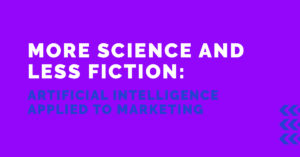 Artificial Intelligence (AI) is the simulation of human intelligence by machines. It’s likely the first thing that comes to mind when you think about science fiction films like Terminator. What you probably didn’t realize is that this enthusiasm is grounded in reality: we live in an increasingly connected and intelligent world. Today, you can build an airplane, invest in stocks, and even connect your CRM to your inbox to prioritize the most important emails. And the numbers speak for themselves: According to SEM Rush, the projected annual growth rate of AI between 2020 and 2027 is 33.2%.
Artificial Intelligence (AI) is the simulation of human intelligence by machines. It’s likely the first thing that comes to mind when you think about science fiction films like Terminator. What you probably didn’t realize is that this enthusiasm is grounded in reality: we live in an increasingly connected and intelligent world. Today, you can build an airplane, invest in stocks, and even connect your CRM to your inbox to prioritize the most important emails. And the numbers speak for themselves: According to SEM Rush, the projected annual growth rate of AI between 2020 and 2027 is 33.2%.
Its use in marketing is not far behind. AI utilizes its technology to gather data and information needed to make automated decisions. How? Through the use of big data analytics, machine learning, and other processes to gain insights into target audiences.
This is how, with AI, the Marketing department may gain a better understanding of its consumers’ behavior and, as a result, build strategies that maximize the return on investment (ROI). Mercado Libre, Amazon, and Spotify are just a few of the firms that have benefited the most from its use.
According to SEM Rush, the global Artificial Intelligence industry will take the lead in the following years, with a market size of 190.61 billion dollars expected in 2025.
Here are six examples of how AIis changing the world of marketing:
- Chatbots
Chatbots are applications that allow you to simulate a conversation with a real person by providing automatic responses to your most common doubts or questions. Companies have started using them as an alternate way of managing customer service while facilitating communication throughout the entire Customer Journey, particularly in Support areas
- Voice search
The feature allows searches carried out by the human voice in systems that can understand it. Its use has expanded in accordance with the development of mobile devices and acts as an alternative to written searches. The advancement of technology in this sector has resulted in the introduction of several search assistants such as Cortana and Siri. These assistants can process and comprehend the user’s natural language and interact with it thanks to AI.
- Image recognition
A process carried out by software that recognizes images from complex mathematical algorithms. AI is capable of identifying, analyzing, and comparing the arrays of bits that make up a digital image, in order to carry out some action based on the information obtained.
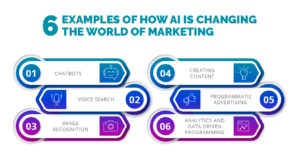
- Creating Content
Creating content is difficult, and creating high-quality content is much more challenging! However, AI enables engines to produce personalized, appealing, and conversion-optimized content, providing users with unique experiences. This is due to the fact that AI is capable of learning the preferences of our key audiences and generating material based on their interests.
- Programmatic Advertising
A smarter way to advertise online. Advertisers pay for their ads to be shown only to their target audiences, allowing brands and consumers to connect at the right time, place and in the right way, thereby detecting that a specific person has a real interest in receiving a certain advertisement. This is how programmatic advertising is growing very quickly in the media, and everything indicates that this trend will continue to rise.
- Analytics and Data Driven Programming
AI is used in the analysis and measurement of results. This is completely necessary for ensuring the success of any strategy, because AI performs real-time tracking with contrasting information for local decision-making, assisting in the resolution of problems and proposing changes to the strategy to better suit the user.
According to SEM Rush, by 2022 companies are expected to have an average of 35 AI projects.
How can the Business to Business (B2B) and Business to Consumer (B2C) sectors benefit from AI?
The incorporation of AI in the B2C field has occurred more quickly and naturally than in the B2B world, which has been changing in recent times. This is primarily due to its ability to process enormous amounts of data that are very useful to improve the customer journey, lead generation, personalization of messages, and the offer of products and services in real-time, to name a few. This skill, which is nothing more than Big Data, has been the foundation of countless companies and their individual Digital Marketing plans for companies in both industries.
At Isource Marketing, we are continuously improving our knowledge and use of AI technologies, and we have a professional team that develops projects in the most efficient way, with services that improve our clients’ experiences. Contact us at https://isource.agency/#contact for more details. We are happy to assist you with your digital transformation strategy!
MORE ENTRIES
Augmented Reality in social media: the next step in your digital strategy
Augmented Reality in social media: the next step in your digital strategy
 What is augmented reality? It is a technology resource that provides users with interactive experiences by combining a virtual component to a real physical environment with the use of digital devices. Although its origins date back to the early 20th century and its term was originally created in the early 1990s, it is now embedded in everyone’s lives and continues to progress at a fast pace.
What is augmented reality? It is a technology resource that provides users with interactive experiences by combining a virtual component to a real physical environment with the use of digital devices. Although its origins date back to the early 20th century and its term was originally created in the early 1990s, it is now embedded in everyone’s lives and continues to progress at a fast pace.
We use augmented reality on a regular basis, and it is present in our everyday lives primarily for entertainment purposes. However, companies utilize AR to improve sales, enhance product or service presentation, train employees, and even analyze statistical data. Click on this link to visit our blog, where we discuss the benefits of augmented reality, virtual reality, and extended reality in the corporate sector.
In this blog, we will examine the operations and benefits of augmented reality in social media. Before we begin, let’s look at some numbers. According to Statista, the number of social media users worldwide climbed from 1.22 billion to 3.09 billion between 2011 and 2021. According to eMarketer, in 2020, 30% of users interacted with augmented reality content on social networks monthly. In 2021, that number was predicted to grow 7.2% and reach a total of 46.9 million users. Eye-opening, right?
In 2020, 30% of users on social networks interacted with content relating to augmented reality on a monthly basis.
These statistics demonstrate how social networking through mobile devices has become a part of our everyday lives, making it an important platform for developing immersive augmented reality experiences. There was speculation that Facebook had purchased Oculus in order to become the next large social network. Although significant progress has been made in this direction – remember the last push of Metaverse: Horizon Worlds – there are already communities, applications, and social events for virtual reality, with which augmented reality is without a doubt the number one technology for immersive social interaction.
The most significant advantage it provides in social networks is its distribution, which is far simpler and more widespread than virtual reality. It is compatible with a large number of smartphones on the market. The Snapchat filters, which have over 300 million active users, and Instagram filters, which have 1.4 billion active users, are the most visible evidence of its value.
As a result of the abovementioned, we can conclude that companies from all sectors, both B2C and B2B, have enormous potential to promote their products and services on social networks and platforms that utilize augmented reality.
Augmented Reality might serve as Facebook’s point of entry into the Metaverse.
So let’s take a look at the 5 benefits of using this awesome immersive social media technology in your next social media marketing strategy:
- Enhances the user’s experience
Augmented reality merges the virtual and real worlds, dramatically increasing user experience and, as a result, improving consumer satisfaction with a product or service.
- Keeps the audience’s attention for a longer time.
According to The Drum, augmented reality can keep consumers’ attention for up to 85 seconds. Additionally, you may enhance your purchase click-through rate by 33% and your engagement rate by 20%. This suggests that, regardless of the quality of the campaign, Internet users are likely to pay attention to and engage with augmented reality experiences.
- It helps generate buzz around the brand.
Augmented reality may be utilized to increase indirect sales and boost brand awareness. It contains playful, innovative, and surprising features that, when well executed, may create a pleasant atmosphere around the brand, product, or company itself. A well-designed augmented reality brand experience might just get people talking about a brand and associate it with positive emotions like joy and excitement.
- Encourage engagement.
Increase brand engagement by providing consumers with new, immersive experiences that hold their interest longer than a static image or text. Additionally, augmented reality allows for interaction with products and advertisements at various stages of the consumer experience. It may be used at the pre-sale, point-of-sale, and post-sale phases. It may also be utilized in gamification and branding applications to engage consumers.
- Drive the Playable Ads model
Instead of promoting a conventional advertisement, brands can have their customers participate in a game centered around a product for a certain period of time. Consumers would be able to touch and rotate objects while an indirect promotional message is communicated and no specific purchase action is pushed. On the contrary: augmented reality aims to provide a preview of the product or service so that the potential customer may use the experience to learn about their qualities.
Types of Augmented Reality
AR based on projection
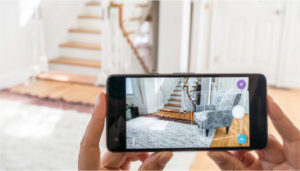
AR based on recognition
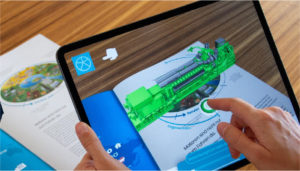
AR based on location

AR based on superposition
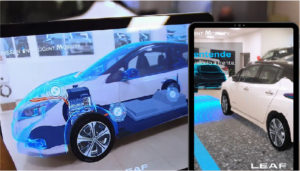
AR based on schemes
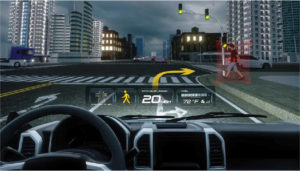
Conclusion: It is clear that augmented reality is here to stay on social media. Its ongoing growth and competition among the various platforms that develop it have meant that consumers and businesses alike benefit from it.
And, as a Digital Marketing and Communication agency committed to the development of immersive experiences, Isource Marketing has created a variety of Instagram and Snapchat filters as well as experiences. Here are two that we really like:
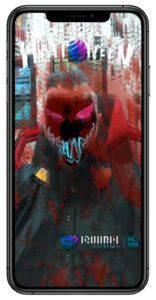
HalloSource is a frightening filter that we created for Halloween 2021. It is a fun experience in which the user may choose their preferred mask and give a great terrifying scream with it.
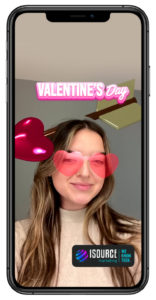
Valentine’s Day is rocking! Long live love! Also, long live rock! To celebrate Valentine’s Day, we put on a rock performance using this filter.
Are you ready to explore the world of augmented reality? At Isource Marketing, we have experts in the development of apps for different viewers and platforms, not just for augmented reality, but also for virtual and extended reality. Contact us at https://isource.agency/#contact!
MORE ENTRIES
It’s time to enter the world of immersive technologies!
AR+VR = IMMERSIVE ENGAGEMENT = ⬆︎ CONVERSION
It’s time to enter the world of immersive technologies!
AR+VR = IMMERSIVE ENGAGEMENT = ⬆︎ CONVERSION
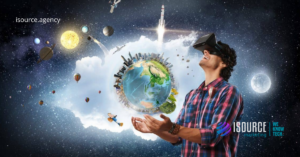 For several years now, many brands have been investing in alternative marketing strategies by sharing the stories behind their products and services. The growing trend of content creation instead of ad generation has established them as storytellers and creators of experiences, which is why more companies are showing interest in immersive technologies.
For several years now, many brands have been investing in alternative marketing strategies by sharing the stories behind their products and services. The growing trend of content creation instead of ad generation has established them as storytellers and creators of experiences, which is why more companies are showing interest in immersive technologies.
It is no secret that members of the marketing industry are cautious about taking on augmented reality (AR), virtual reality (VR), and extended reality (RX) as part of their initiatives. Not many companies are willing to try them because there is no immediate or safe guaranteed return on investment, valid metrics, or ability to reach a mass audience. But because they are so powerful and effective, Isource Marketing encourages you to adopt these three immersive technologies in your next marketing strategy.
Virtual Reality
VR provides a great emotional resonance as well as new and engaging experiences. It goes far beyond just watching an advertisement or video, it entails personal interaction and making the consumer feel as though they are part of something.
Thanks to VR devices, real situations can be recreated through 360-degree videos, renders, or applications in which the user is invited to feel a different immersion, in the first person and, above all, emotionally. In essence: it is about advertising products and services concerning the emotional needs of potential clients.
VR allows storytelling to be more immersive, turning the user into the protagonist and making spatial limits disappear. For this reason, the presentation of products – for example – is more stimulating, thereby increasing the chances of the campaign’s success and sales. The same happens in events when demonstrating products or services at fairs and conferences, with interactive experiences that generate greater engagement through gamification.
VR allows for greater emotional intensity and new engaging experiences.
International studies have revealed that due to the lack of external distractions such as the environment, cellphones, and social networks to name a few and being completely immersed, users exposed to content and advertisements in VR retain almost 90% of the information. In fact, it is claimed that 30 seconds of VR experience is comparable to more than 5 minutes of standard video or other traditional forms.
We encourage you to visit our Virtual Showroom, where we have virtual meetings with our clients via desktops or virtual reality, regardless of the location or nation from which they are coming from. The barriers vanish in the Showroom, and staff, visitors, and customers all feel a sense of connection and closeness. Click here for more information, and enjoy!
Another intriguing virtual reality experience is the Boursin cheese brand. The user is taken on an interactive and immersive tour of a refrigerator. You can even move your smartphone around on the mobile version to see the experience come to life! Boursin® Sensorium 360 Virtual Reality Experience
Augmented reality (AR)
Since Apple and Google launched their own AR kits in 2017, an increasing number of applications that use this technology on smartphones are increasingly used by consumers. In fact, the number of AR users in the United States in 2021 is expected to reach 85 million, according to Statista. Globally, that number is projected to reach nearly 2 billion by 2025, and the size of the AR market worldwide is to exceed 198 billion users. Amazing isn’t it?
The undeniable future of digital marketing is AR. Just as social networks changed the way brands advertise and communicate with consumers, with AR filters, brands can display their products in a more immersive way. This way they can explore different spaces and learn more about products and services by using various resources such as texts, 3D models, and animations, to name a few.
AR is the indisputable future of digital marketing.
It also allows companies to communicate with their customers in unusual ways like the iconic Ikea brand does with its Ikea Place application, which lets you visualize how the furniture in the catalog appears at home. The potential of presenting a 3D model in a real setting is seen in the following AR success story from the well-known furniture business. Using a catalog, the user can install virtual furniture in their own home:
Inside, Isource Marketing has produced numerous Snapchat filters, such as the one seen below, for an anti-terrorist campaign sponsored by the group The Facts Now:
Check out this HEICO-requested development for internal training purposes. It is a catalog that allows the company’s commercial staff to present their clients with the company’s supply of aviation components for repair and replacement when necessary. Also, these parts can be viewed in RA or in a 3D viewer, in order to know their name, code, and description.
Extended Reality (XR)
Although online sales have far exceeded offline sales, there are still a significant number of consumers who prefer to make their purchases in person and in the store. It is via the RX – a term that refers to the combination of all physical and virtual environments – that they create new solutions, allowing companies to reach people with their products and services.
The fundamental reason for its significance is that it removes the barrier of distance. As the number of activities expands and gets geographically distributed, the RX aids in bridging the gaps caused by distances.
In the following Mixed Reality (MR) video (which, like XR, refers to mixed real and virtual worlds and human-machine interactions), Windows displays its well-known Windows Mixed Reality, which helps expand the ecosystem of the said platform beyond a PC.
https://www.youtube.com/watch?v=2MqGrF6JaOM
The future of digital marketing
Digital marketing’s Future AR, VR, and RX are here to stay and are technologies that cannot be ignored in your marketing plan. Companies will be able to improve the experience they provide their consumers as a result of them and will result in a rise in business and sales potential.
Are you ready to dive into the realm of virtual reality? We have skilled specialists at Isource Marketing that specialize in the creation of native applications for various VR, AR, and XR viewers and platforms, as well as AR filters for social networks and WebXR experiences. Please get in touch with us by clicking here!
MORE ENTRIES
Learn why your company’s website should be Mobile-First!
Learn why your company’s website should be Mobile-First!
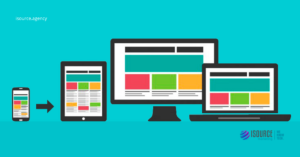 In 2015, Google made an important announcement: that for the first time, it had received more searches from mobile devices than from desktops. Since then, the digital world has focused on the development of new concepts and strategies for mobile web design. Therefore, the mobile-first trend has revolutionized the creation of pages by prioritizing the mobile version website design and later adapting it to the desktop version.
In 2015, Google made an important announcement: that for the first time, it had received more searches from mobile devices than from desktops. Since then, the digital world has focused on the development of new concepts and strategies for mobile web design. Therefore, the mobile-first trend has revolutionized the creation of pages by prioritizing the mobile version website design and later adapting it to the desktop version.
The statistics speak for themselves. In January 2021, Data Reportal registered 5.22 billion unique mobile users, representing 66.6% of the world’s population, which is something truly impressive. According to a study by the Pew Research Center on Generation Z (born between 1995 and 2015), 55% use their smartphones at least 10 hours per day. While according to the Global Index, 95% of people use their mobile devices primarily for social media or chatting with their friends while watching TV, and 72% have purchased a product online in the last month on any device. There’s no doubt that mobile matters a lot.
With the mobile-first indexing method, Google primarily ranks content based on the mobile version.
Mobility offers consumers exactly what they want in a single moment and not as a product in itself. Could we think that mobility is a new cultural paradigm that companies should adopt? Well, at Isource we think so, that is, in digital transformation strategies based on mobility, including all types of companies, even those in the B2B (Business to Business) sector.
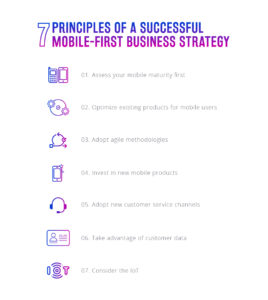
The myth of mobile-first in the B2B sector
Some still think that sending and receiving emails on a desktop computer is essential in a B2B company. However, this is not entirely true since today, many officials carry out most of their online transactions through a mobile device. It is evident that regardless of their nature, companies need to provide a pleasant experience on mobile devices.
There is no doubt that B2B buyers differ from B2C (Business to Consumer) when it comes to their customer experience or customer journey. Generally, the complexity of the buying process for B2B users is more sophisticated and expensive; It is not a simple process such as “click and buy X product”. However, in recent years, we have seen how this behavior has been changing and is increasingly common among B2C consumers.
So why should B2B companies be targeting mobile-first? Mobile email optimization, for example, is a key factor in increasing opens, clicks, and revenue. Since most consumers use a smartphone to check their emails, then the websites and other digital communication vehicles of B2B companies should function well on small screens. Here are some compelling reasons why B2B companies should seriously consider employing a usability-based approach for mobile devices:
- Adaptation: When developing a website it is important to think about mobile because it will be easier to adapt it to a desktop; otherwise, it will require many adjustments.
- Usability: If the access to the web is intuitive and easy, surely the users will be able to carry out more actions within it. An online store, for example, will show an increase in sales.
- Speed: Mobile-friendly websites commonly have faster loading times than traditional websites.
- Compatibility: It is easier for users to share your content on social networks from a mobile phone than from a computer.
- SEO: As we mentioned in the beginning, Google will index your website more if it is adapted for mobiles and if your consumers stay on it for some time; otherwise, you will no longer be relevant to the search engine.
Take a look at these mobile first developments we did for three of our clients:


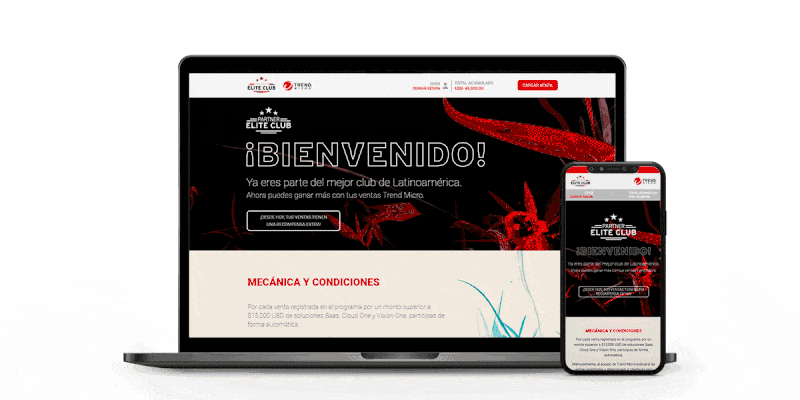
Are you ready for your website to be mobile-first? At Isource Marketing we have a team of designers who are experts in usability and user experience, as well as programmers capable of making your website adapt to any device. Click here and get to know us better!










